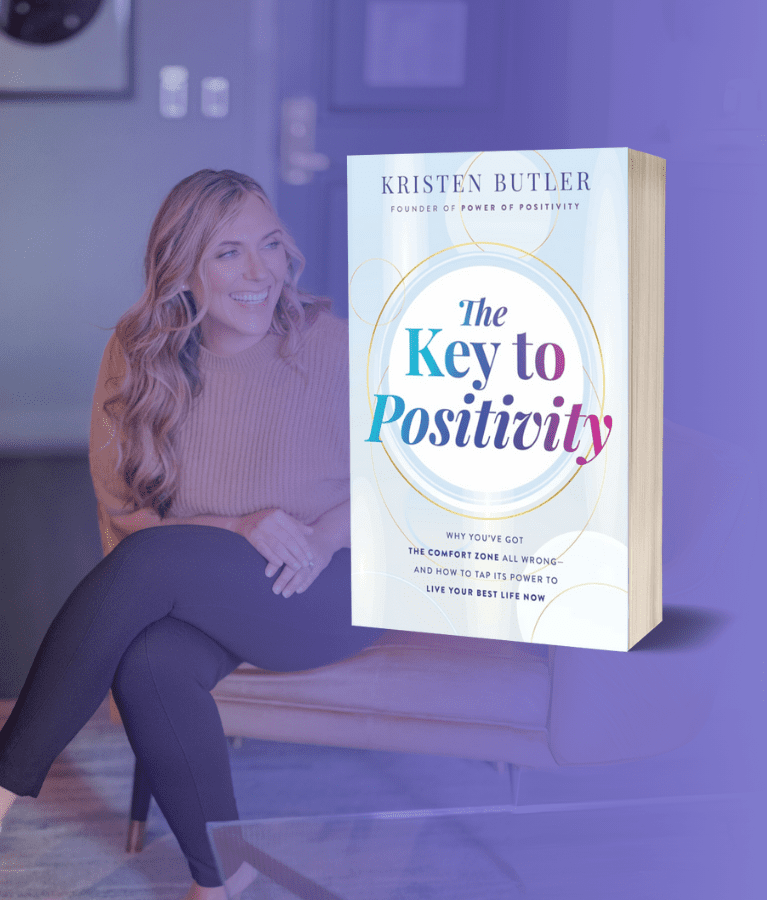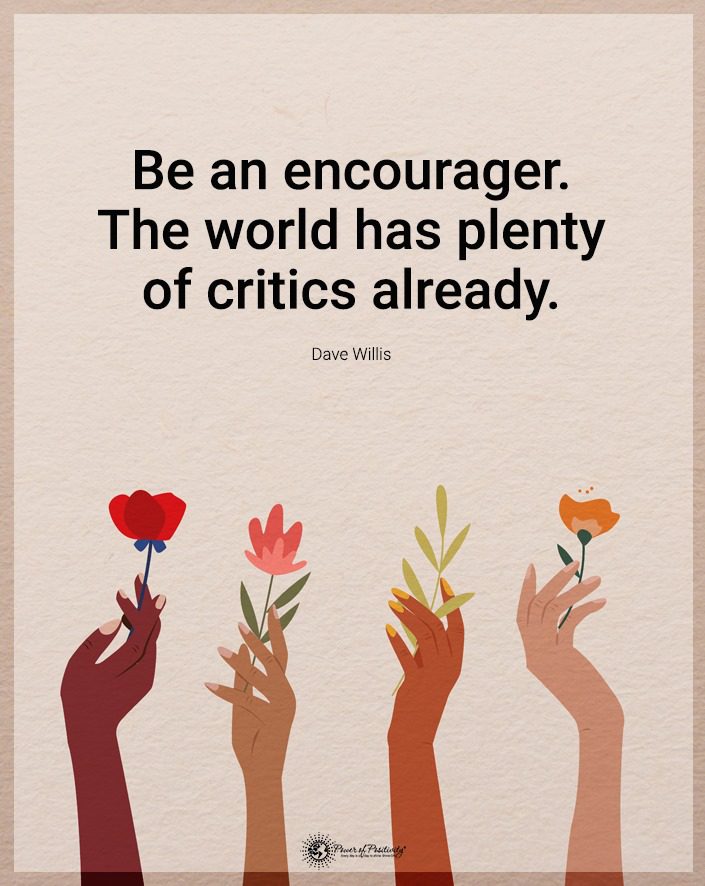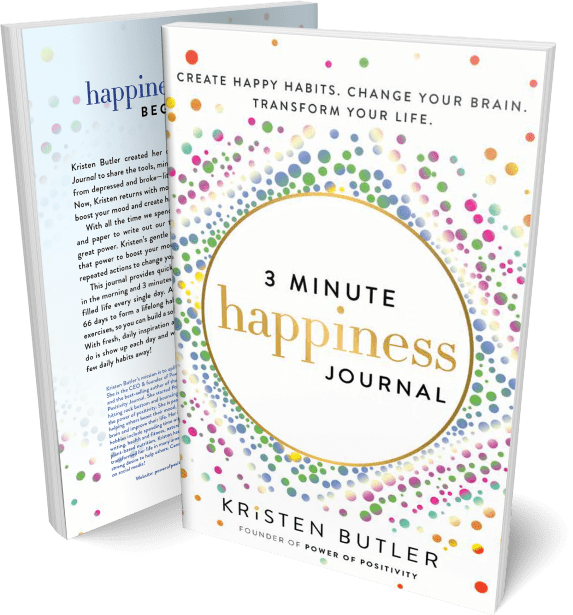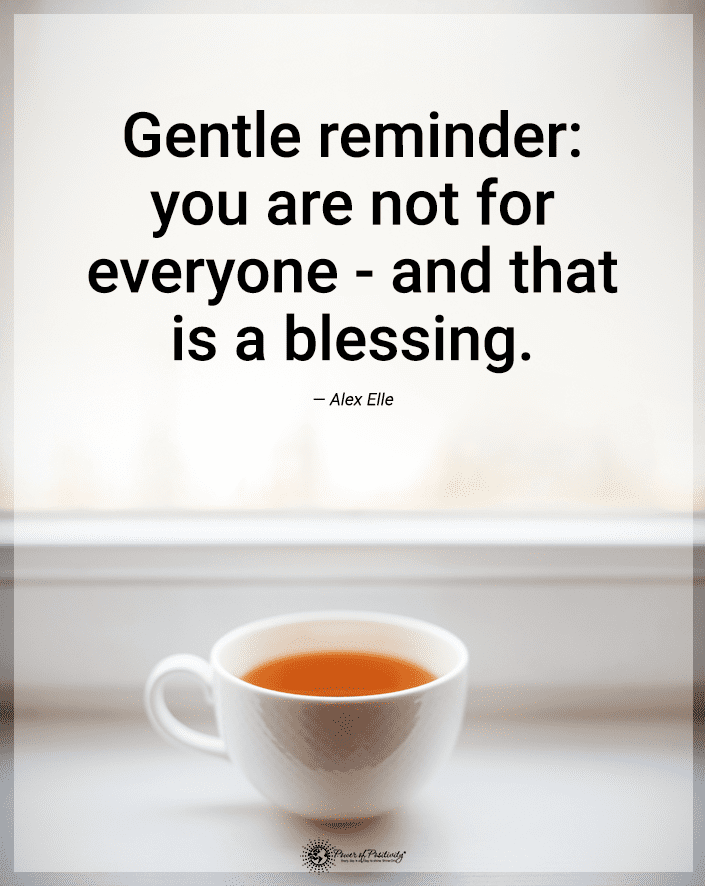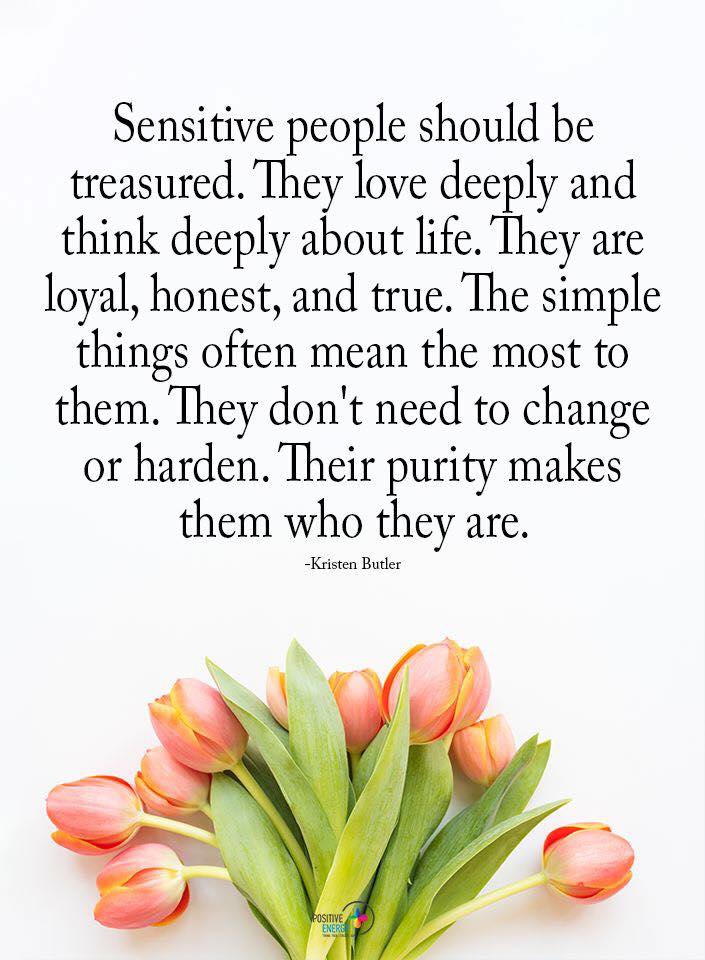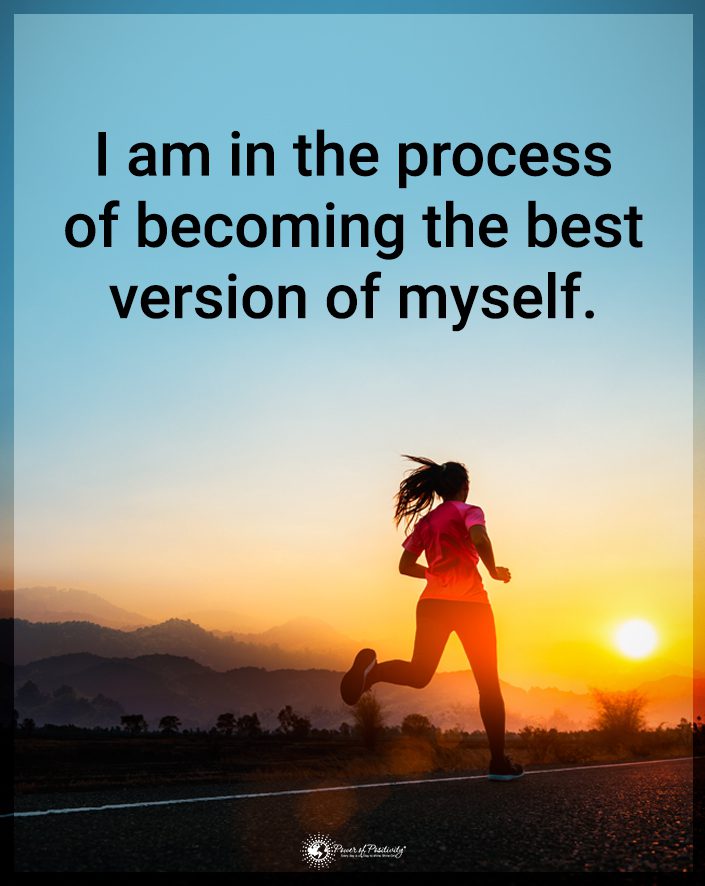Here are good reasons to use the key to positivity to access your inner peace.
Every day, positivity quietly influences our lives, shaping our feelings, actions, and reactions. I remember a time when I was feeling overwhelmed and stressed – I had hit rock bottom. But by adopting a positive mindset, I was able to transform that chaotic day into a time full of peace and productivity. This isn’t just motivational talk. It’s a practical approach to life that I, and many others, find essential for maintaining peace in a turbulent world.
10 Reasons That Positivity Brings More Peace to Your Life
Now that we understand the power of positivity let’s leap into the ten reasons why it can help you have a peaceful life. Each reason will explore how positivity can transform your life, from mental and physical health to relationships and productivity.
1 – Positivity Supports Better Mental Health
Positivity has a profound effect on mental health. It’s like a shield that helps lessen the symptoms of stress, anxiety, and depression, making daily challenges more manageable. Imagine waking up each day feeling lighter, more hopeful, and ready to take on the world. That’s the power of positivity.
But how does this work?
Science shows that positive thinking stimulates the growth of nerve connections, increases mental productivity, and enhances cognition. Therefore, continued positive thinking practices can lead to improved coping mechanisms. Besides that, you will experience a decreased likelihood of mental health disorders.
2 – Enhanced Physical Health
A positive outlook benefits the mind and has significant effects on the body. Optimism is associated with a plethora of health benefits. Research has consistently shown that happy people are healthier than their unhappy peers. Those who maintain a positive attitude may live longer and experience better health outcomes.
For instance, studies have linked a positive mindset to enhanced immunity and a lower risk of heart disease. This isn’t coincidental; optimism can lead to better health choices and a greater resilience against illnesses.
3 – Positivity Builds Stronger Relationships
Positivity makes you a magnet for others. You’re more likely to build strong, supportive relationships when you approach the world with a positive outlook. This attraction is true both personally and professionally. In personal relationships, positivity fosters openness and trust, key ingredients for deep connections.
Positive thinking creates an environment where collaboration and mutual respect can thrive in the workplace. Thus, this optimistic mindset leads to successful teamwork and networking.
4 – Greater Resilience
Resilience is someone’s ability to bounce back from adversity, learn, and grow as you overcome challenges. It’s like a rubber band that stretches but doesn’t break. It’s vital for navigating life’s inevitable ups and downs. Positive thinking plays a crucial role here, allowing individuals to view setbacks as temporary and challenging. A positive mindset encourages focusing on solutions rather than problems, turning potential defeats into personal growth and development opportunities.
5 – Increased Productivity
Positivity is directly linked to increased motivation and productivity. When you’re optimistic, your mind is energized, and your capacity for work increases. To maintain a positive outlook, practice gratitude every day. Set realistic goals. Break tasks into manageable steps and celebrate small victories along the way. This approach enhances efficiency and makes the journey more enjoyable, boosting overall productivity.
6 – Positivity and Better Decision Making
A positive disposition clears the fog of doubt and confusion, leading to clearer and more effective decision-making. When you’re positive, your mind is less clouded by fear or negativity, which allows for a better evaluation of facts and options. The relationship between emotional state and problem-solving is significant; a calm and optimistic mind can think more creatively and accurately assess situations, leading to smarter, more effective decisions.
7 – Enhanced Self-Esteem
Positivity fuels self-esteem and self-confidence. When you view yourself and your abilities in a positive light, this perception influences your actions and the outcomes of those actions. The feedback loop here is powerful: success breeds confidence, and confidence fosters a positive self-view, leading to further success. By maintaining a positive outlook, you set yourself up for a cycle of continuous improvement and achievement.
8 – Attract Even More Positivity
The ‘like attracts like’ principle is particularly relevant when cultivating positivity. It’s the idea that positive thoughts and actions attract positive circumstances and people into your life. To foster such an environment, start by expressing gratitude daily, reinforcing positive feelings. Surround yourself with positive influences—books, media, and people who uplift and inspire. Regularly engaging in acts of kindness also creates a ripple effect, enhancing the positivity in your surroundings.
9 – Emotional Stability
Positivity is a cornerstone of emotional stability. It helps maintain a balanced perspective, even when facing life’s challenges. To sustain positivity during tough times, practice mindfulness. Be sure to focus on the present moment rather than worrying about the past or future. Developing a routine that includes exercise, reading, or meditation can also stabilize your mood and keep your outlook positive. This emotional stability allows you to approach challenges with a clear mind and a positive attitude, increasing your chances of overcoming them.
10 – Positivity Brings Long-Term Happiness
There’s a significant difference between fleeting pleasures and sustained happiness. Fleeting pleasures are momentary and often material, while sustained happiness comes from a deep sense of contentment and fulfillment cultivated over time. By nurturing a positive mindset, you focus on what enriches your life and fosters personal growth, leading to a deeper, more enduring form of happiness. This journey brings joy and fulfillment, giving you hope for a brighter future.
Ten Tips for Building Positive Behaviors to Have a More Peaceful Life
Cultivating a life marked by peace and positivity isn’t just about adjusting your mindset; it involves building specific behaviors reinforcing this outlook. Here are several practical tips to help you develop habits that foster positivity and peace in your daily life:
1 – Start with Self-Awareness:
Recognize your emotional triggers and understand what influences your mood. This is an important first step in your journey towards positivity, as it allows you to gain insights about yourself and your reactions. Committing your thoughts to a journal can be an incredibly useful way to track your feelings and the circumstances that shape them, leading to a deeper understanding of yourself.
2 – Establish a Morning Routine:
Begin each day with a routine that sets a positive tone. This might include meditation, a short walk, reading something inspirational, or enjoying a quiet cup of tea. A consistent, peaceful start can significantly influence the rest of your day.
3 – Practice Mindfulness:
Engage yourself fully within the present moment. Whether eating, walking, or talking with someone, try to immerse yourself completely in the activity without distraction. Mindfulness reduces stress and enhances your enjoyment of life.
4 – Set Realistic Goals:
Goals give you direction and a sense of purpose, which are crucial for a positive outlook. Set achievable goals and break them down into manageable steps to avoid feeling overwhelmed.
5 – Cultivate Gratitude:
Take time each day to think about things you’re thankful for. It could be as simple as appreciating a sunny day or a good cup of coffee. Consider starting a gratitude journal where you can list daily entries. For instance, today I’m grateful for my supportive friends and the opportunity to learn something new. Gratitude shifts your innermost focus from what you lack to what you have. You begin to make that positive mindset shift intuitively with this practice.
6 – Connect with Others:
Build and maintain strong relationships. Social connections are vital for emotional support and can greatly contribute to a positive and peaceful life. Make time for family and friends, and engage in activities that strengthen these bonds.
7 – Limit Exposure to Negativity:
Be mindful of the amount of negative information you consume, whether from news sources or social media. That also includes gossipy people. Excessive exposure to negativity can significantly increase stress and anxiety levels. Instead, try to balance your media consumption with positive and uplifting content. Surround yourself with positive people who support and inspire you. This conscious effort to limit negativity can enormously impact your mental health and overall well-being.
8 – Engage in Physical Activity:
Regular exercise is not only good for the body but also for the mind. It releases endorphins, which have natural stress-relieving properties. Find an activity you enjoy, be it yoga, cycling, or dancing, and make it a part of your routine.
9 – Learn to Respond, Not React:
When faced with a stressful situation, take a moment to pause and breathe before responding. Taking a deep breath and counting to ten can help you handle the situation more calmly and positively.
10 – Celebrate Small Wins:
Acknowledge your achievements, even if they feel tiny. These celebrations can boost your confidence and reinforce your positive behaviors.
Adding these new behaviors into your daily life can build a more peaceful and positive existence. Each small step contributes to larger changes, making it easier to handle life’s challenges with grace and positivity.

Final Thoughts on the Ten Reasons Positivity Helps You Enjoy a More Peace
Throughout this article, we’ve explored how positivity influences every aspect of life—from mental and physical health to personal and professional relationships. We’ve seen that a positive outlook enhances resilience, productivity, and decision-making while boosting self-esteem and emotional stability. Remember, positivity is not about ignoring life’s difficulties but approaching them with a mindset emphasizing constructive and hopeful aspects.
Integrating positivity into daily life can lead to a more peaceful and fulfilling existence. Embrace this approach and watch how it transforms your life, bringing you closer to the peace and happiness you seek. Shine on!


